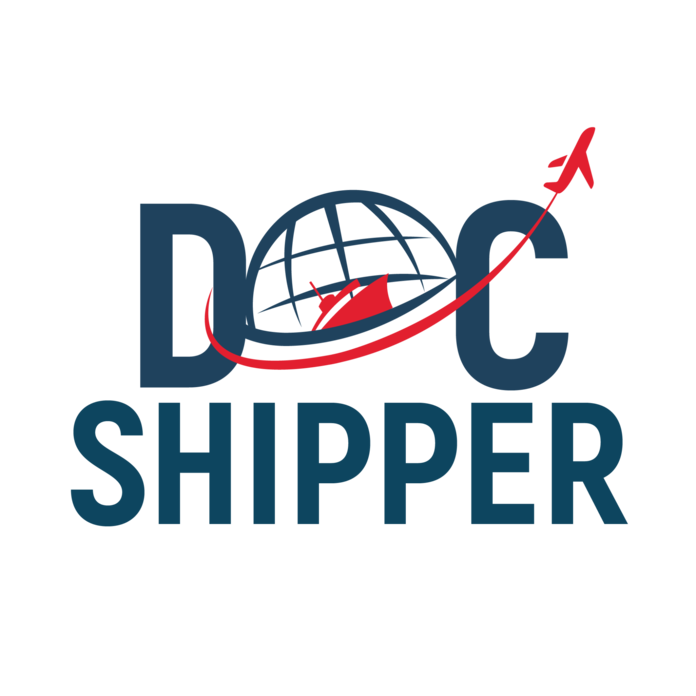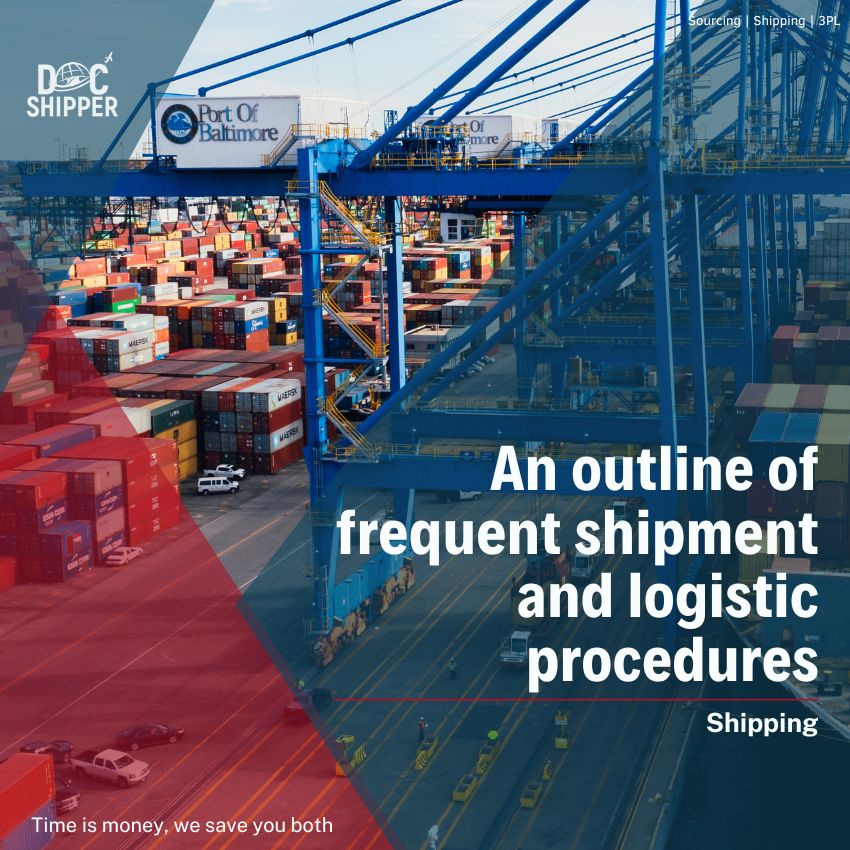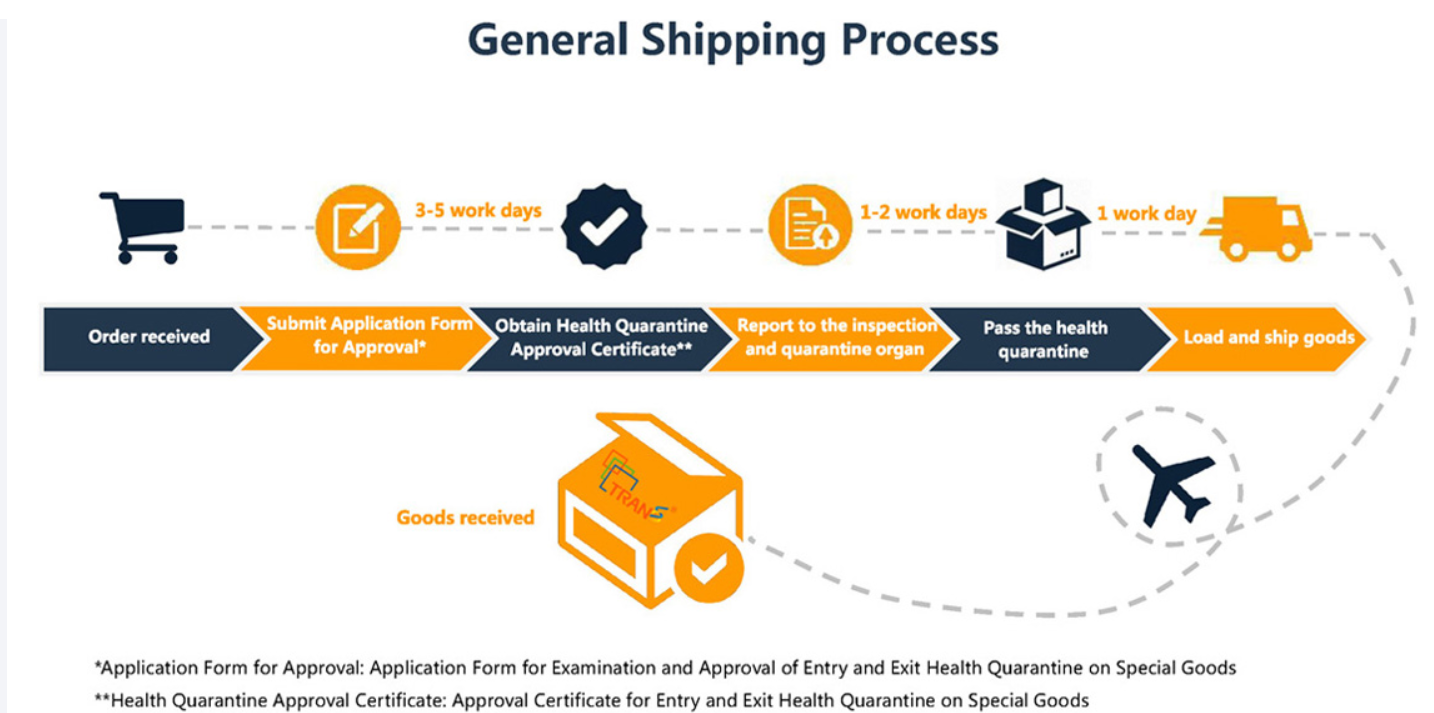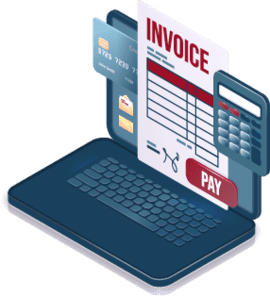Shipping is the act of transporting inventory from one destination to another involving numerous complex procedures that require a high performing logistics system. The article below will further explain the several different steps involved in international shipping and different services available for various shipping orders.
International shipping procedures
Shipping refers to the delivery of commodities from a company's own warehouse to its clients; it is thus the transport of merchandise and stocks from one location to another. In the value chain, shipping is a crucial activity consisting of multiple separate operations or procedures that involve both internal and external interfaces. The shipping department, for instance, is closely associated with the goods issue and accounting departments of a corporation, and shipping service providers or external freight forwarders are also involved throughout the shipping process.
DocShipper Info: DocShipper provides housing services & solutions to individuals and businesses ranging from start-ups, niche markets, and multinationals firms. For more information regarding the warehousing services, please contact DocShipper’s communication team.
Frequent shipment procedures in B2B and e-commerce

-
- Type of shipment
- Domestic or international shipping
- The products’ type, dimensions, & weight
- Delivery time
- Shipping fees
DocShipper Advice: Take into consideration that the fee may vary due to the circumstances and conditions of the order placed. For further clarifications and information regarding DocShipper’s shipping services, please contact DocShipper’s customer service team.
Shipping and fulfillment fees
In the private economy, e-commerce consumers are already accustomed to free shipping and return charges when placing an order. To facilitate these free charges, sellers must precisely calculate, always taking into consideration the most recent expenses for shipping, returns, taxes, packaging, storage and manufacturing while modifying the purchase price correspondingly. For instance, fuel prices on the global market or cost of space in a shipping container can fluctuate unexpectedly and instantaneously.
The following are examples of common shipping costs:
Drop shipping
Drop shipping is an exception. Inventory is sold without ownership in this situation or business strategy. Third parties handle shipping, packaging, storage, and production. The service provider starts operations that result in the consumer obtaining the ordered inventory as soon as an order is received. Instead, the seller has no involvement in these operations: seller simply pays the service provider, who then invoices for all services executed. In this scenario, shipping refers to the overall procedure that occurs once the purchase is placed and the drop-shipping provider is automatically notified. The third-party fulfillment service is separated from the seller in this situation. The final total costs of shipping normally consists of insurance, customs fees, taxes and transport itself.
Express Shipping
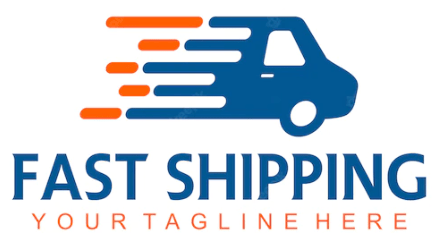
Lump-sum shipping
A lump-sum shipping cost is simply a mixed calculation where the seller distributes the total shipping expenditure to all products, including orders or buyers, and strategically calculates to avoid any possible loss and maximize revenue. Excessively high shipping prices can discourage consumers from purchasing, while excessively low shipping prices can financially burden the seller’s profit margin despite having a significantly high customer demand. While free shipping is normally imposed on the client by incorporating the cost into the product, lump sum shipping is a simple categorization that is beneficial to all parties involved. For instance, heavier and larger commodities tend to have higher shipping fees than lighter and smaller commodities. Lump-sum pricing will separate orders into different weight categories with a fixed price: 25kg and under, 26kg to 50 kg etc.
Real-time carrier pricing
Shipping under real-time carrier prices is a clear and very precise method of calculating shipping costs. For instance, when a consumer adds an item to their shopping cart on an online store, they are able to see the shipping cost of the item(s). This feature is enabled through an interface between the logistics firm and online stores: the precondition is that shipping firms must operate closely with real-time shipping charges. As a result, each product and order is allocated a unique and currently justifiable shipping price.
DocShipper Info: DocShipper offers both international express shipping and transportation services with high quality operations. For further queries, please contact DocShipper’s customer service team.
An illustration of the international shipment process
The example below demonstrates how complicated and multidimensional a shipping procedure may be:
The parties that comprise the international shipping process include freight forwarder, shipping company, consignee, and shipper. A liability agreement is formed between buyer (consignee) and seller (shipper) before shipping. Following the liability agreement, the inventory is moved from the shipper’s warehouse to the forwarder’s workstation. A purely domestic logistics company or freight forwarding firm that engages in export transportation can be hired for this purpose.
Origin handling refers to the series of physical inspection of the shipment, as well as other physical activities such as loading the container then placing it one the ship. A shipping company must be licensed and hired in advance to execute sea transport. Both the time and route itself is crucial in sea transport. This is due to the fact that the consignee (buyer) is liable for import customs clearance and all maritime freight fees charged along the way. On top of that, tax requirements are examined during customs clearance; for this reason, the inventory is momentarily stored in the customs area. This whole process is time-consuming and complex, thus the forwarding agents and domestic customs clearance party cooperates with the consignee (buyer).
These procedures, which involve crossing (multiple) national borders and complying with various customs regulations, requires a large number of consignment notes and other documents, thus blockchain-based solutions are already being tested in order to save time while also improving the security, traceability of sea freight, and the entire shipping route. The destination clearance is the final stage of the international shipping process. The container containing the inventory is then unloaded from the ship and transferred to the warehouse of the forwarding agent. From this point, the buyer or recipient can pay the agreed expenses, pick up inventory, or transport inventory to another destination.
The necessary documents in (international) shipping are:
-
- Consignment note: legitimate document that serves a proof of shipment. Contains a detailed and precise description of inventory being shipped.
- Trade invoice: issued by shipper (seller)
- Certificate of insurance: provide protection to shipping firms and forwarding agents from any liability.
DocShipper Advice: Do take into consideration that the liability agreement may differ depending on the parties involved and circumstances.. For further clarifications and information regarding DocShipper’s shipping services, please contact DocShipper’s customer service team.
Shipment operations
As previously stated, shipping consists of multiple individual procedures or a complex and intricate workflow with many separate steps which includes:
-
- Organizing shipping documentation (accounting) & making a packing a list
- Picking (sourcing) & Packing
- Transport packing
- Choosing transportation mode
- Transferring outgoing goods to the shipping (carrier) service provider
- Returns management
Conclusion
Shipping is a complicated process that includes numerous separate steps while taking multiple factors into consideration. When shipping (semi) finished products, raw materials, and supplies based on an order, time and costs are the most important factors to take into account. The final phase of order fulfillment is the transportation from the seller to the buyer (client) which is usually arranged by the firm’s shipping department. Scanning barcodes or using RFID can frequently help track inventory shipments and trace shipping routes or shipping processes. This is why the shipment of products includes important documents such as a consignment note, delivery bill, or a unique tracking number. The higher the degree of automation in the individual procedures, shipping operations can be better designed to increase overall productivity.
FAQ | An outline of frequent shipment and logistic procedures
DocShipper info: Do you like our article today? For your business interest, you may like the following useful articles :
- Coronavirus (Covid-19) impacts on import/export business
- How does Coronavirus impact international supply chain?
- 💡How to find a good product to sell?
- How to find your reliable supplier for your business? [Fair Trade Guide]
- AliExpress | Use the Chinese panacea to sell your products online
- How a sourcing strategy can rocket your margin?
DocShipper Advise : We help you with the entire sourcing process so don't hesitate to contact us if you have any questions!
- Having trouble finding the appropriate product? Enjoy our sourcing services, we directly find the right suppliers for you!
- You don't trust your supplier? Ask our experts to do quality control to guarantee the condition of your goods!
- Do you need help with the logistics? Our international freight department supports you with door to door services!
- You don't want to handle distribution? Our 3PL department will handle the storage, order fulfillment, and last-mile delivery!
DocShipper | Procurement - Quality control - Logistics
Alibaba, Dhgate, made-in-china... Many know of websites to get supplies in Asia, but how many have come across a scam ?! It is very risky to pay an Asian supplier halfway around the world based only on promises! DocShipper offers you complete procurement services integrating logistics needs: purchasing, quality control, customization, licensing, transport...
Communication is important, which is why we strive to discuss in the most suitable way for you!
